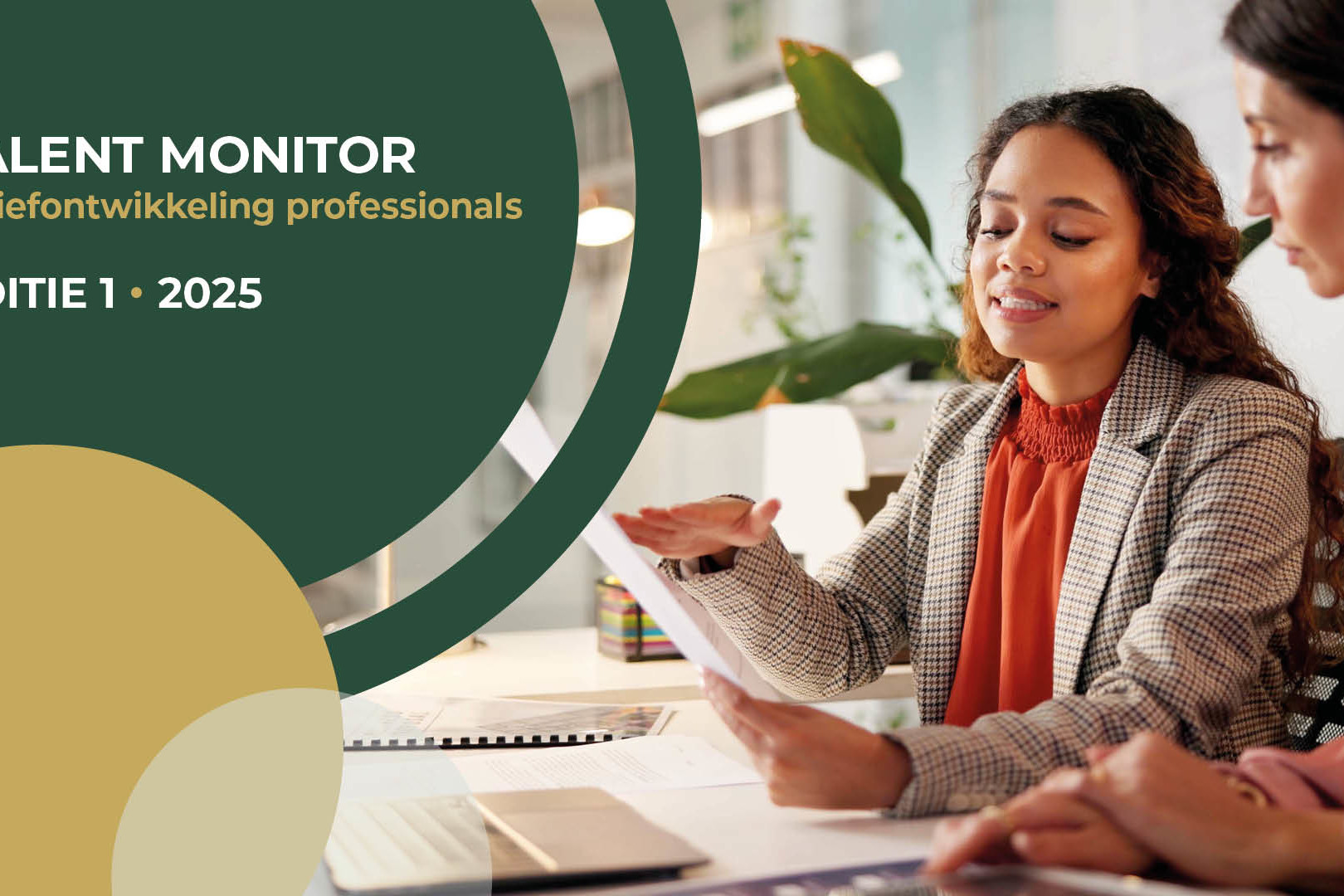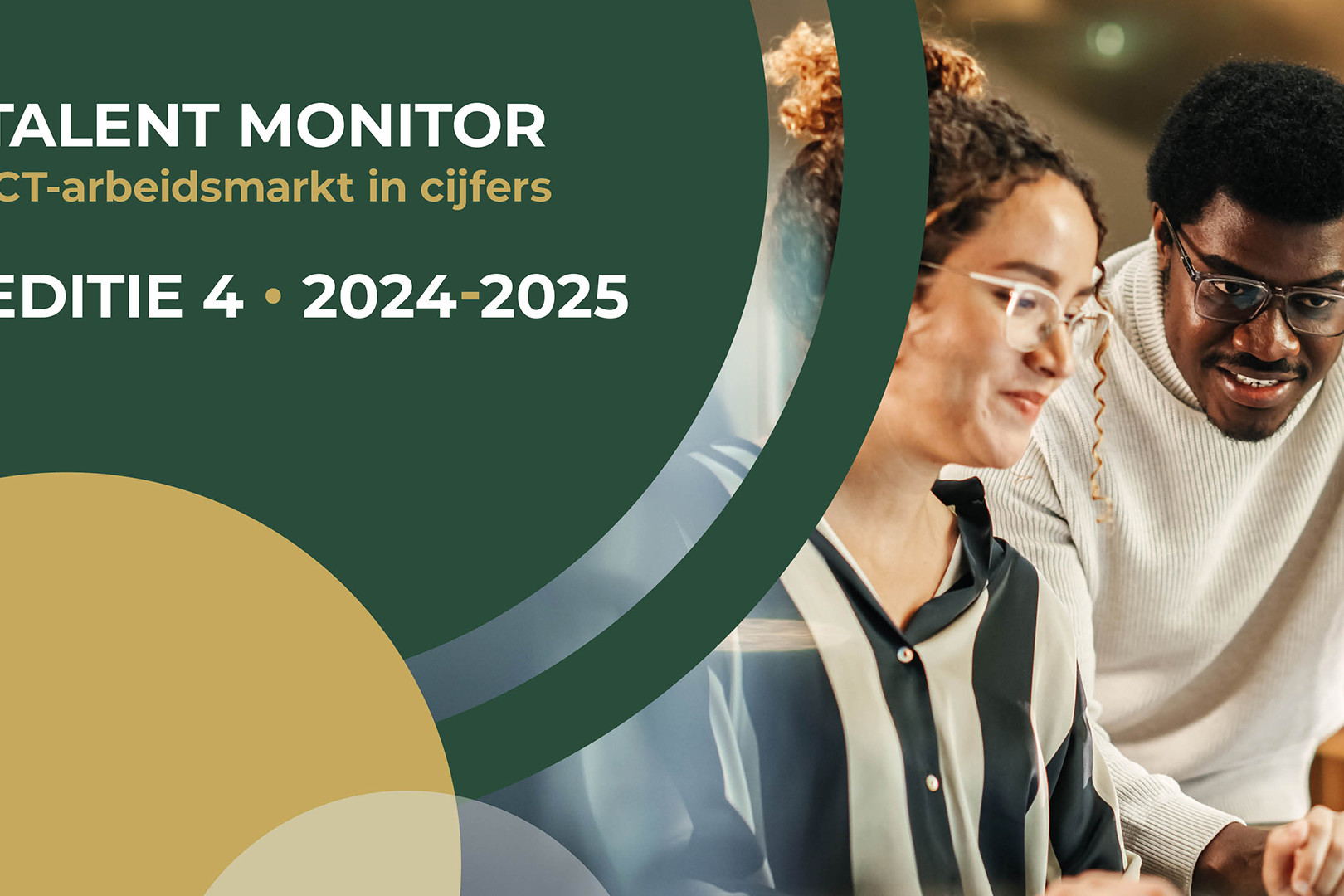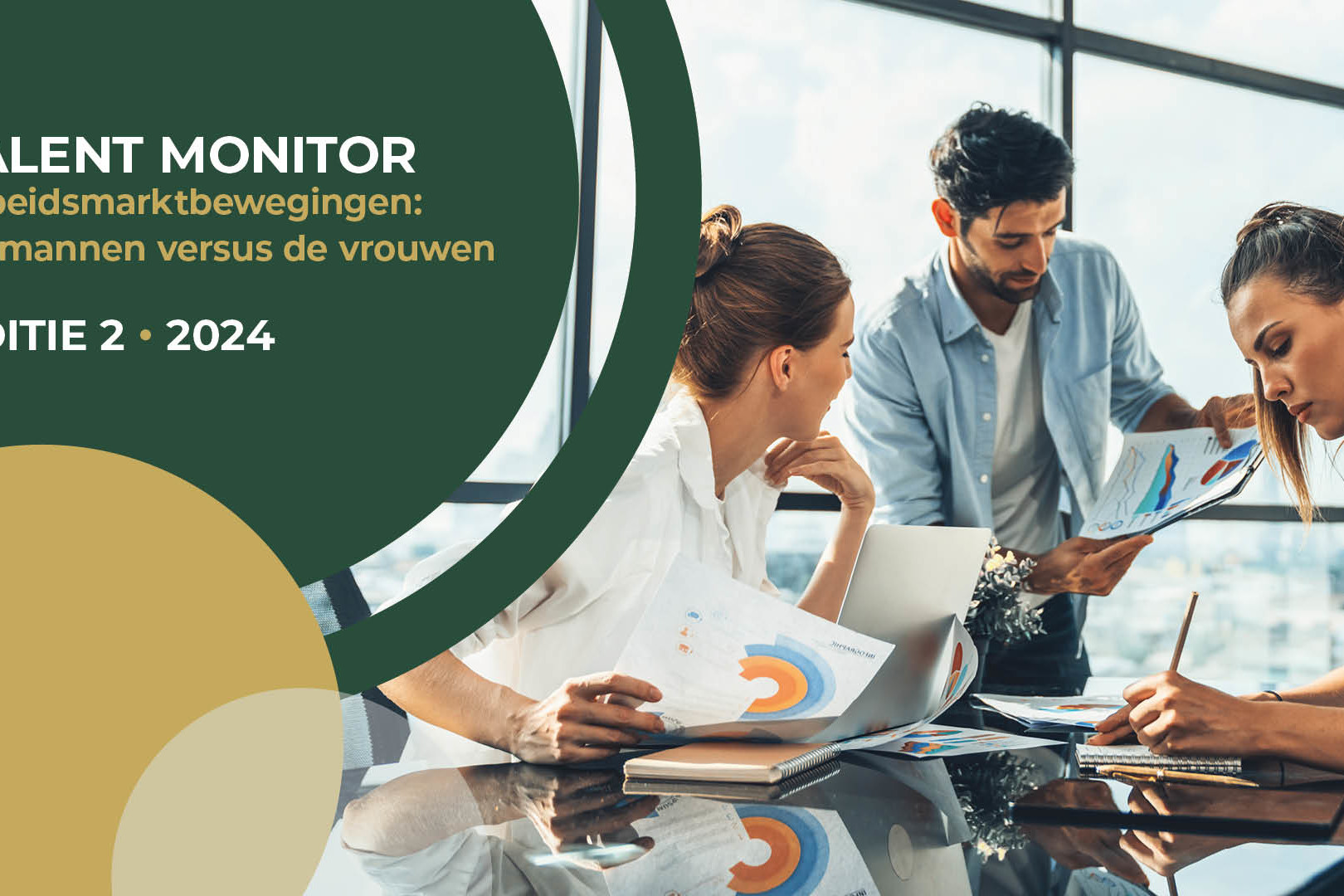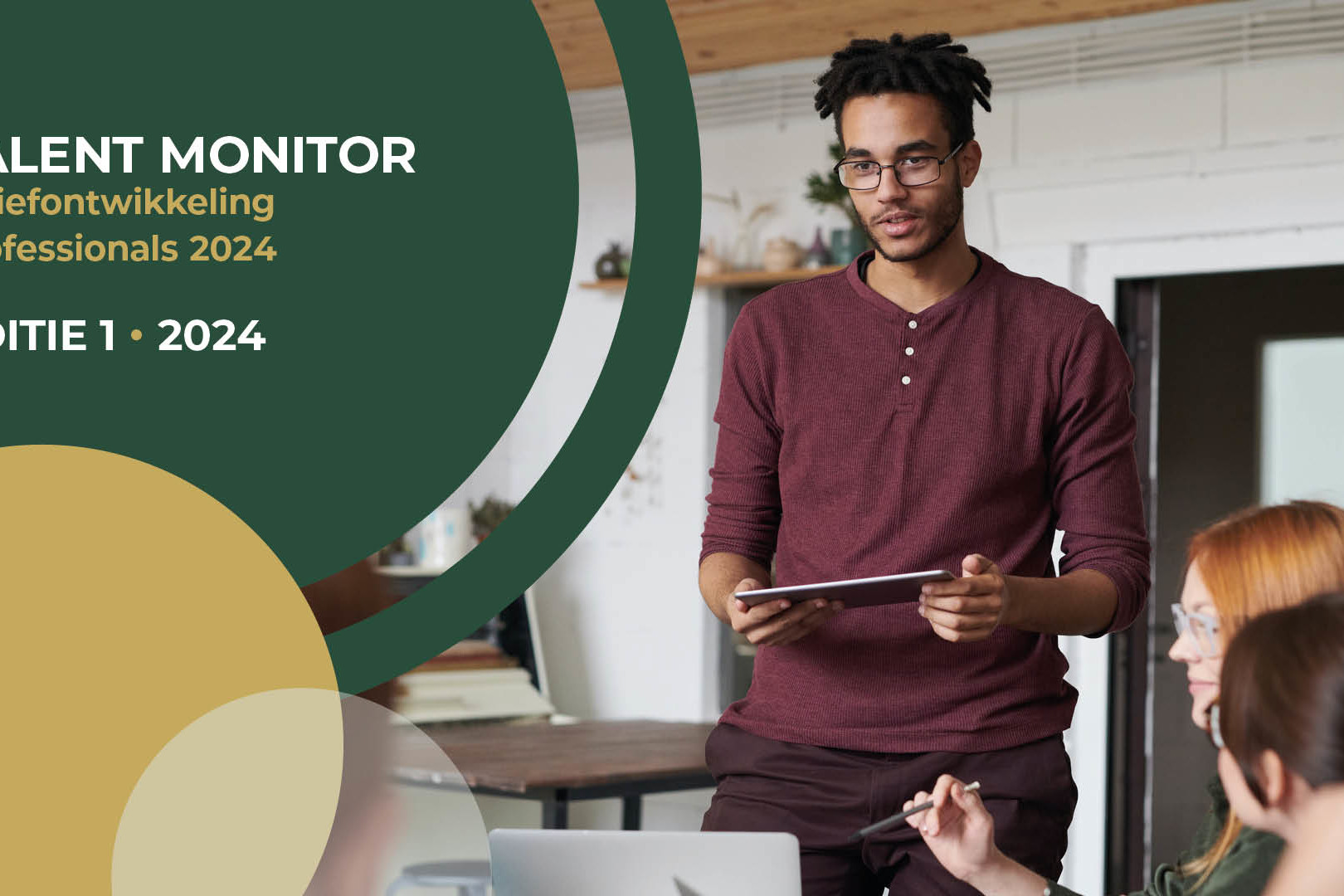A decade of zzp filings in facts and insights
A decade of zzp records. Facts, figures and developments.
The zzp dossier is more topical than ever. With the resumed enforcement on false self-employment, new bills and a growing group of self-employed, it is time for an overview. This third report by ZiPconomy, ONL for Entrepreneurs and HeadFirst Group brings together facts, figures and insights from ten years of self-employment policies. An indispensable source for policy makers, politicians and anyone concerned with the future of work.

Tackling false self-employment affects least controversial self-employed workers
The number of self-employed people without personnel (zzp'ers) in the Netherlands will decline slightly between 2023 and 2025 for the first time in years: from 1.21 million to 1.20 million. Interestingly, the contraction is not among the much-discussed group of self-employed who work for companies with few clients, but rather among self-employed who are clearly entrepreneurs. The number of self-employed people selling products fell from 200,000 to 180,000 (-10 percent) and the number of service providers to individuals from 339,000 to 328,000 (-3.2 percent).
Marion van Happen, CEO HeadFirst Group: "Zzp'ers are at the center of the political debate about the labor market, but too often the discussion is based on assumptions rather than facts. Our goal is clear: inform MPs and policy makers with objective figures, to give them more insight into the Dutch self-employed population. For visioning the labor market and making the right policy choices, figures and facts are crucial. With the publication of this report, we are once again providing those." Read the entire press release here.
ZiPtalk, the podcast of ZiPconomy
The relevance of the research for Dutch politics and polder was discussed in ZiPTalk, ZiPconomy's podcast. Sem Overduin joined the discussion on behalf of HeadFirst Group.
What will you find in this report?
1. The self-employed person does exist
- 1.2 million zzp'ers in the Netherlands, accounting for 12.2% of the labor force.
- Most self-employed people consciously choose self-employment: 82% are (very) satisfied.
2. Trends 2015-2025
- Growth of self-employed own labor until 2024, followed by a decline in 2025.
- Vergrijzing én vergroening: sterke toename van 55+ en <35 zzp’ers.
3. Impact of enforcement
- Since 2025, the number of self-employed workers has been declining due to stricter rules around false self-employment.
- Male self-employed and those with lower education are particularly more likely to quit.
4. Flanders as a source of inspiration
- Growth of freelancers in Flanders similar to the Netherlands.
- Differences in social security and tax treatment offer interesting lessons.
5. Amenities and job happiness
- 73% have something arranged for disability.
- 87% save for retirement, often through savings or investments.
- Self-employed people experience less stress and more autonomy than employees.
Partners


Download report
Rate development professionals 2025
Rate development professionals 2025
The Talent Monitor provides an in-depth analysis of trends and developments in the market for independent professionals and secondees. This report examines the impact of legislation, labor market movements and the scarcity of highly skilled self-employed professionals, with insights on rates, supply and demand, and expectations for 2025.
Hourly rates for self-employed and seconded workers continue to lag behind collective bargaining wages in 2024
The hourly rates of flexible workers, self-employed workers and professionals employed by secondment agencies, rose an average of 3.6 percent in 2024 compared to 2023. This increase lags behind average collective bargaining wage increases and rate increases for (practically skilled) self-employed workers. A limited rate increase is expected for 2025, between 1 and 1.5 percent. This is according to the latest Talent Monitor from labor market data specialist Intelligence Group and HR-tech service provider HeadFirst Group.

What to expect:
- Detailed analyses of labor market trends and rate changes.
- In-depth insights into the impact of legislation (such as the DBA Act) on the zzp market.
- Forecasts for the labor market in 2025, including forecasts for rates and the employment situation.
Summary of key findings:
- The number of self-employed workers rises slightly to nearly 1.1 million, with labor market activity increasing.
- Fees for independent professionals lag behind inflation and wage increases, with a projected increase between 0.5% and 1% in 2025.
- The demand for self-employed workers remains high, but the flexibility and choices of workers, especially self-employed workers, are determining trends.
Partner

Download Talent Monitor
By downloading the Talent Monitor, you agree that your data will be shared with co-initiator Intelligence Group.
Other reports...
Talent Monitor: The convergence of fixed and flex
We compile quarterly - based on recruitment data from...
Talent Monitor: Fixed is getting more mobile and flex is getting more sustainable
We compile quarterly - based on recruitment data from...
Talent Monitor: Rate development professionals 2023
We compile quarterly - based on recruitment data from...
Talent Monitor | ICT labor market in figures 2024 - 2025
ICT labor market in figures 2024 - 2025
Since the 1990s, ICT professionals have been at the forefront of the labor market. From introducing work-life balance to pioneering online platforms such as LinkedIn, ICT professionals have always been at the forefront of labor market innovations. Now the sector is in a critical transition phase that could affect not only the ICT market itself, but the broader labor market. Find out what this means for employers, employees and (self-employed) ICT professionals.
Cabinet goal unachievable: no 1 million ICT workers by 2030
While the government is aiming for one million ICT workers in the Netherlands by 2030, new research by labor market data specialist Intelligence Group and HR-tech service provider HeadFirst Group suggests that this goal is far out of reach. Even in a scenario of explosive growth, the Netherlands would have a maximum of 862,000 ICT workers by 2030. In more likely scenarios, the number is much lower still: between 628,000 and 783,000. Marion van Happen, CEO at HeadFirst Group nuances, "We don't have to meet the set target because AI can take over certain roles of ICT workers."

What will you learn from this report?
In this detailed Talent Monitor, we chart current trends in the ICT labor market:
- How the long-term growth in the number of ICT workers is slowing down and the role of AI in this change.
- The high employment rate of ICT workers, both salaried and self-employed.
- Declining Demand: The declining demand for ICT workers and how this affects recruitment strategies.
- What employers are doing differently now to attract ICT workers, including the impact of the DBA law.
- How specific ICT skills are key to both the current and future job market.
- What rising rates mean for freelancers in the industry.
- As AI and globalization change norms, what can we expect from industry dynamics?
Partner

Download Talent Monitor
By downloading the Talent Monitor, you agree that your data will be shared with co-initiator Intelligence Group.
Other reports...
Talent Monitor: The convergence of fixed and flex
We compile quarterly - based on recruitment data from...
Talent Monitor: Fixed is getting more mobile and flex is getting more sustainable
We compile quarterly - based on recruitment data from...
Talent Monitor: Rate development professionals 2023
We compile quarterly - based on recruitment data from...
Talent Monitor | European self-employed under the microscope: Trends, growth & diversity
European self-employed under the microscope: Trends, growth & diversity
The European labor market is in flux. With nearly 20 million self-employed spread across several countries, there are big differences in how this group develops. The Netherlands leads the way with unique trends in flexible work, but how do we compare to the rest of Europe?
The Talent Monitor offers an in-depth analysis of the European self-employed market, sharing insights you shouldn't miss.
Increasing number of self-employed people under 30 in the Netherlands, Belgian numbers actually decreasing
Over the past five years, the number of self-employed people under 30 in the Netherlands has increased significantly, accounting for 12.7 percent of the total number of self-employed people in our country. This places the Netherlands among the top European countries, along with countries such as Malta, Slovakia and Lithuania. In contrast to the Netherlands, Belgium - at almost 4 percent - has actually seen a decline in the number of young self-employed people. This is shown in the most recent Talent Monitor, a joint study by labor market data specialist Intelligence Group and HR-tech service provider HeadFirst Group.

What can you expect in this report?
- A unique comparison between the Dutch labor market and the rest of Europe.
- Find out why older and highly educated self-employed people dominate, and why younger people are less likely to become self-employed.
- Analysis of the growing role of women in the self-employed market and its link to emancipation.
Who should read this report?
- Legislators: To place the Dutch labor market in a broader European perspective.
- Clients with international ambitions: To develop an effective European recruitment strategy.
- Zzp'ers: To understand how unique the Dutch zzp is compared to other European countries.
Partner

Download Talent Monitor
By downloading the Talent Monitor, you agree that your data will be shared with co-initiator Intelligence Group.
Other reports...
Talent Monitor: The convergence of fixed and flex
We compile quarterly - based on recruitment data from...
Talent Monitor: Fixed is getting more mobile and flex is getting more sustainable
We compile quarterly - based on recruitment data from...
Talent Monitor: Rate development professionals 2023
We compile quarterly - based on recruitment data from...
Whitepaper - Navigating laws and regulations: preparing for the end of the enforcement moratorium
That the Inland Revenue is going to enforce more strictly on false self-employment, is clear, but what about political developments and laws and regulations? To get you started, we have prepared two whitepapers containing the most important developments (until September 6, 2024).

International perspective on zzp legislation: What the Netherlands can learn from other countries
International perspective on zzp legislation: What the Netherlands can learn from other countries
Comparison of zzp legislation in the Netherlands and seven other countries with insights and recommendations for future policy.

"Put entrepreneurship and desire of self-employed and client central"
The distinction between a zzp'er and an employee is not only an issue for the Netherlands, the discussion also plays out in other countries. In a new report, HR-tech service provider HeadFirst Group, ONL for Entrepreneurs and independent platform ZiPconomy present valuable lessons that the new cabinet and Dutch politicians can learn from other Western countries. "There are countries where the 'will of the parties' plays an important role and where entrepreneurial criteria outweigh circumstances during the assignment. It is a missed opportunity for the Netherlands if we do not value these factors," said Marion van Happen, CEO at HeadFirst Group. Read the press release here.
ZiPtalk, the podcast of ZiPconomy
"First look at entrepreneurship in a self-employed person: in Belgium and Germany they already do it."
The relevance of the research for Dutch politics and polder was discussed in ZiPTalk, ZiPconomy's podcast. Sem Overduin joined the discussion on behalf of HeadFirst Group.
What will you find in this report?
- Understanding how different countries evaluate the employment relationship between client and self-employed worker.
- An overview of the main criteria and methods used internationally to prevent false self-employment.
- Concrete recommendations based on international best practices, tailored to the Dutch context.
- Analysis of sectoral differences and the specific challenges posed by certain occupations.
- Lessons from similar countries such as Belgium, Germany and the US.
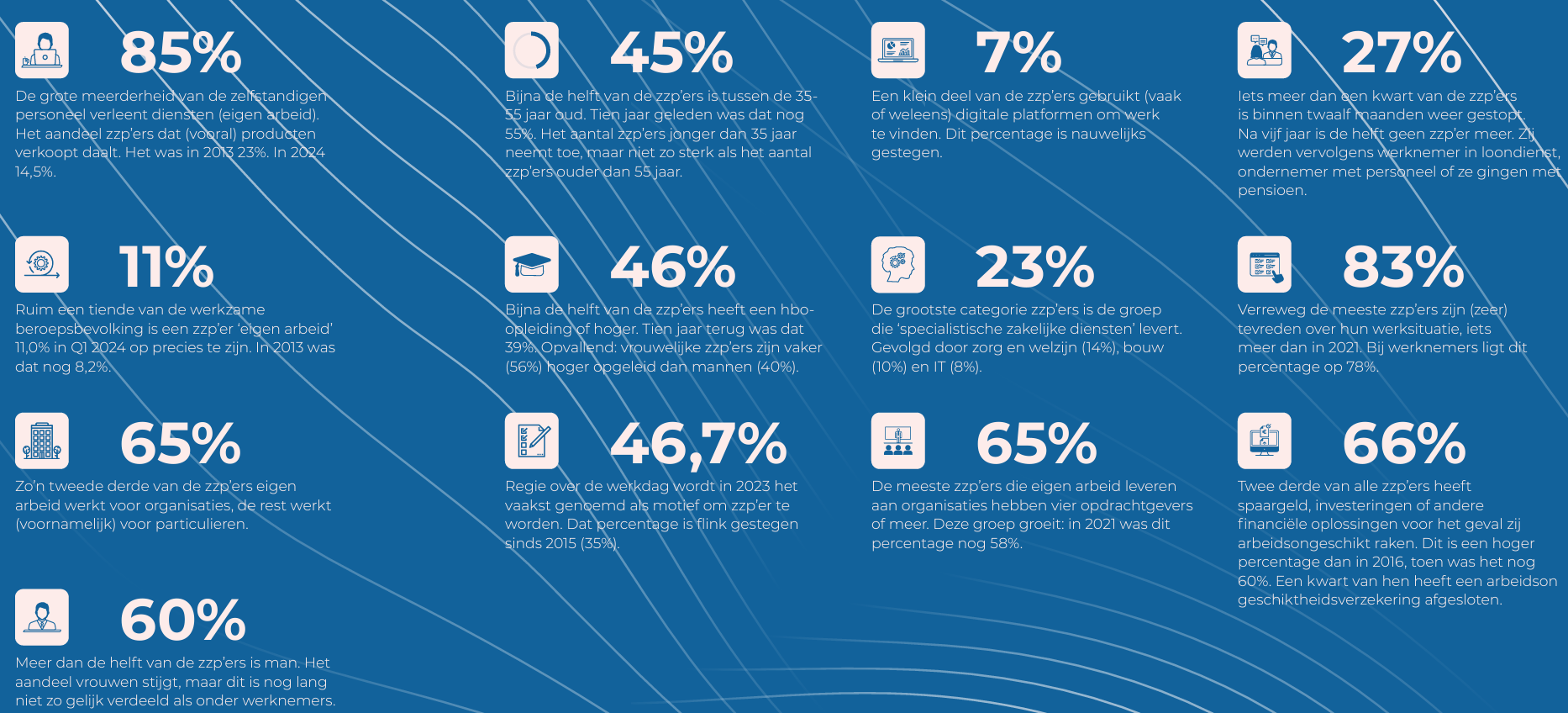
Partners


Download report
Opinion monitor: lifting enforcement moratorium Jan. 1, 2025
What do self-employed people think about stricter enforcement on false self-employment starting Jan. 1, 2025? We asked in August 2024 to 1187 professionals, affiliated with HeadFirst Group, view the result below. Check out the results below.

Talent Monitor | Labor market movements: the men versus the women
Labor market movements: the men versus the women
It is no surprise that there is (unconscious) bias among recruiters, clients or employers when it comes to attracting male and female workers. At least a few times a year, newspapers headline the huge salary gap between the two genders. However, as far as professionals are concerned, the difference in hourly rates has become very small and, more importantly, no longer statistically explainable by gender. Other factors, such as work experience and education level, now explain the difference. These and several surprising insights are presented in this Talent Monitor.
Success of female self-employed surpasses men in labor market
The latest Talent Monitor, a joint study by labor market data specialist Intelligence Group and HR-tech service provider HeadFirst Group, shows that female professionals - self-employed or employed by suppliers - are 68 percent more successful in obtaining assignments than their male counterparts. Moreover, the data analysis shows that female self-employed professionals no longer have a gender pay gap in hourly rates, whereas this was still the case before the corona pandemic.
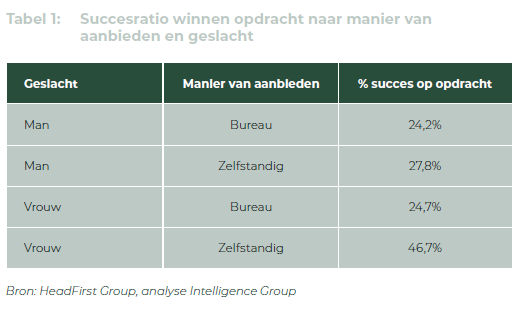
Key findings
- Female professionals are not paid significantly less or more per hour for the same work compared to male professionals. What is striking is that women, not significantly but structurally, get or accept a lower rate than men for the same work. The average difference is 1 to 2 euros per hour.
- Factors such as work experience, area of expertise and level of education do determine different hourly rates, as does the extent to which being an independent professional is the main daily occupation. In other words, independent professionals who combine their work with other activities such as volunteering, being a househusband or housewife tend to receive lower hourly rates.
- Women are more successful than men in obtaining assignments. Female independent professionals without an agency are 68% more successful in scoring an assignment than male independent professionals without an agency.
- Independent professionals without an agency are more successful in scoring an assignment than if offered through an agency.
- Male professionals are much more active in the job market than women and are approached remarkably more than women.
Partner

Download Talent Monitor
By downloading the Talent Monitor, you agree that your data will be shared with co-initiator Intelligence Group.
Other reports...
Talent Monitor: The convergence of fixed and flex
We compile quarterly - based on recruitment data from...
Talent Monitor: Fixed is getting more mobile and flex is getting more sustainable
We compile quarterly - based on recruitment data from...
Talent Monitor: Rate development professionals 2023
We compile quarterly - based on recruitment data from...
Talent Monitor: Rate development professionals 2024
Rate development professionals 2024
We are balancing between economic contraction and growth. After nine months of decline, we saw a modest rebound in our economy in the fourth quarter of 2023. Despite once again challenging market conditions such as inflation and "higher" market interest rates, we ventured another forecast for 2024 with this Talent Monitor. You can read about it in this report.
Hourly rates for self-employed and seconded workers lag behind collective bargaining wages
The hourly rates of flexible workers, self-employed workers and professionals employed by secondment agencies, rose an average of 4.3 percent in 2023 compared to 2022. This increase lags slightly behind the trend in collective bargaining wages. An average rate increase of one to two percent is expected for 2024. This is according to the latest Talent Monitor from labor market data specialist Intelligence Group and HR-tech service provider HeadFirst Group.

Key findings
- After three quarters of contraction in the Dutch economy, the fourth quarter of 2023 shows a slight increase of 0.3% compared to the third quarter. Compared to 2022, however, there is still a decline of 0.5%.
- Several signs indicate that there is some relief in the scarcity in the labor market. Demand for personnel is decreasing slightly and supply appears to be increasing slightly.
- Compared to a year ago, labor market activity among self-employed professionals - the extent to which they move from assignment to assignment - shows a slight increase from 20.1 to 21.7% in the fourth quarter of 2023, compared to the same quarter in 2022. There was also some growth in the group of latent professionals, who, while not actively seeking new assignments, are open to other options. At the same time, the number not moving at all decreased.
- There has been a sharp increase in the average number of offers per job. By the end of 2023, this number was almost at the same level as during the peak in the second quarter of 2020.
- The number of self-employed people who want to be employed (back) has increased slightly. At 11.6%, it is still far behind the percentage in 2021, when it was 17.0%. In addition, just 13.0% of employees indicate that they would like to work as a self-employed person (again).
- Sourcing pressure continues to grow unchanged: on average, self-employed individuals are approached about 18 times a year for a job. More than six in 10 are approached at least once a quarter.
- Data from HeadFirst Group shows that the rates of flexible workers - self-employed and professionals employed by secondment firms - who started a new assignment in 2023 rose an average of 4.3% compared to 2022.
Partner

Download Talent Monitor
By downloading the Talent Monitor, you agree that your data will be shared with co-initiator Intelligence Group.
Other reports...
Talent Monitor: The convergence of fixed and flex
We compile quarterly - based on recruitment data from...
Talent Monitor: Fixed is getting more mobile and flex is getting more sustainable
We compile quarterly - based on recruitment data from...
Talent Monitor: Rate development professionals 2023
We compile quarterly - based on recruitment data from...
The economic and social value of independent professionals
The economic and social value of independent professionals
There are in the Netherlands some 110 thousand highly educated independent professionals, who collectively generate social added value of 4.4 billion euros per year. To dhe social costs and benefits of this specific target group mapping, has SEO Economic Research commissioned independent research done and released it in a report.


Source: CBS (2023) and ZEA (2023), edits SEO Economic Research (2023)
Policy discussion around hiring the self-employed
We believe it is important that the social and economic value of independent professionals be considered in the policy discussion surrounding the hiring of self-employed workers. However, insight into the social costs and benefits of this specific target group is lacking. This study fulfills this need and provides a clear overview based on facts and figures. Read the entire press release here.
Alternatives of being a zp
This study uses a social cost-benefit analysis (SCBA) to map the social value of self-employed professionals and shows which parties bear the social costs and benefits of self-employment. It compares the current situation on the labor market (the policy alternative) with an imaginary situation on the labor market in which self-employed professionals are employed, whether or not in an alternative form of employment (the null alternative).

The null alternative (n = 110,000)
Source: own survey and CBS StatLine, edits SEO Economic Research (2023)
The economic and social impacts
The main economic effects of self-employment are higher labor demand and participation due to the additional opportunities that this form of specialized and temporary labor offers for clients and for self-employed workers. In addition, on average, self-employed workers are more productive than regular employees and seconded workers (which is reflected in the differences in labor costs per hour) because they are employed only within specific assignments and can focus fully and repeatedly on their expertise.
On balance, the additional social value of independent professionals amounts to about 4.4 billion euros per year. This social added value comes mainly from the additional production, profit and income due to higher labor demand among clients and higher labor participation and productivity among independent professionals compared to a situation without the self-employment.
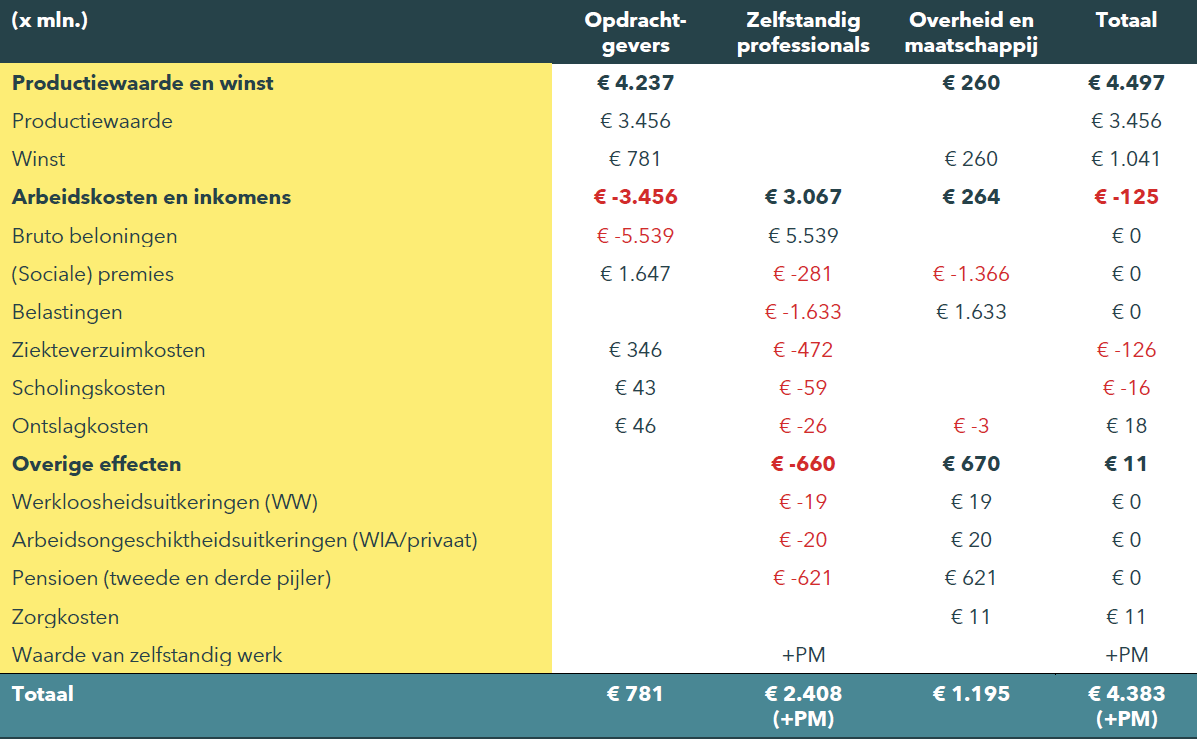
The total overview of the annual social costs and benefits of self-employed professionals (the policy alternative) compared to a situation without self-employment (the null alternative). Source: SEO Economic Research (2023)
Partner

- 1
- 2


